Changing seasons means birds galore
Welcome birders to New York state and Broome County! Now tourists visiting the NYS Gateway Center on Interstate 81 near the state line can avail themselves of information supplied by The Naturalists Club on 11 choice birding locales in Broome and Tioga counties.
Exact directions on getting to these spots are given, along with information on what might be found at each site. Laura Quintin, director of the center, encourages local people to visit the center and take advantage of this information. So, birders, now you know how you can learn where the birds are.
Locally, we are in a transition period, with most of the summer nesting birds leaving our area, and migrants from the north beginning to appear here as they pass through on their way south. Tree swallows, chimney swifts, red-eyed vireos, ruby-throated hummingbirds and common nighthawks are now only pleasant memories. The last wood thrushes, eastern kingbirds, gray catbirds and indigo buntings very soon will be gone. Woods warblers who had nested farther north are now being eagerly looked for by birders. Even when spotted, they can be confusing to identify, having molted into their perplexing fall plumages.
As these summer breeders leave, they are replaced in part by certain species that will spend the winter here, seeking weather conditions less severe than Canada’s. By mid-October, we can expect to have white-throated and American tree sparrows, rough-legged hawks, northern shrikes, snow buntings, common redpolls and pine siskins beginning to appear. Other species from farther north, such as white-crowned and fox sparrows, will be seen only until they continue their flight south.
Migrating raptors have already included several ospreys and broad-winged hawks, with the main raptor flight expected toward the latter part of October. This is also the time when Canada geese will be heard honking overhead as the flocks depart in their classic V-shaped formations.
On ponds look for transient duck species, and on river shores and mud flats search for shorebirds as they interrupt their journey to feed. At Upper Lisle marsh, solitary, spotted, least and semi-palmated sandpipers, greater and lesser yellowlegs and killdeer are being seen. Sightings of great egrets continue to be reported at Upper Lisle, along with pileated woodpeckers and bald eagles, both adult and immature.
This is a changing time of year that can reward a birder with unusual species possibly popping up in unexpected places. Any such sightings can be reported to the club hot line at 798-1919.
Birders’ Watch is provided by members of the Naturalists’ Club of Broome County. This column was written by Marie Petuh. For information on the Naturalists Club, write P.O. Box 191, Vestal, N.Y. 13850.
Posted in Birders Watch Columns | Comments Off on Changing seasons means birds galore
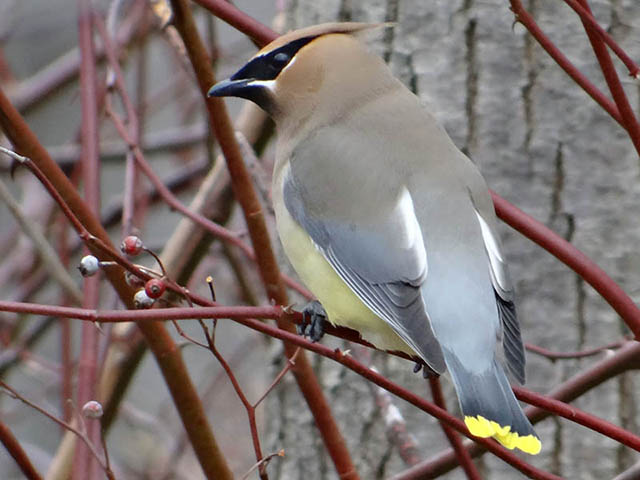
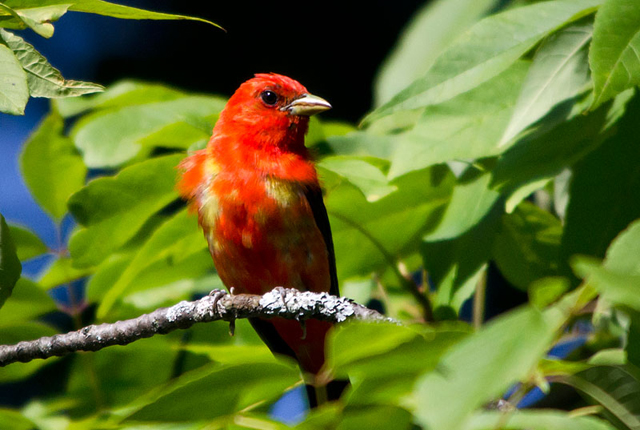
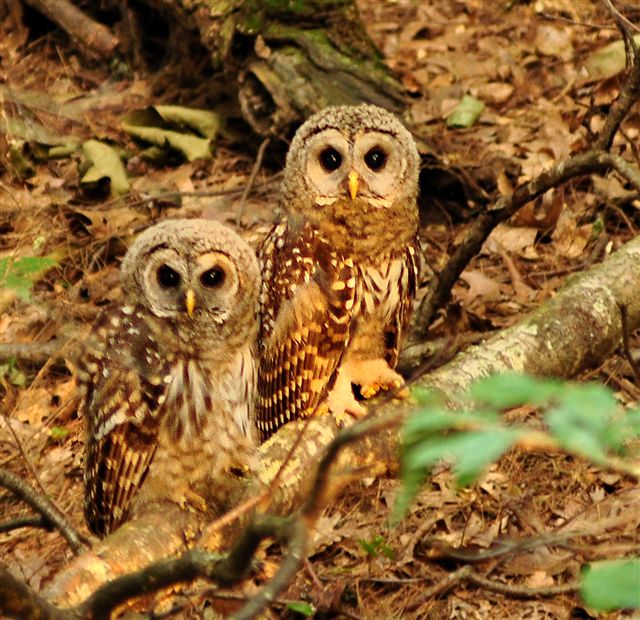
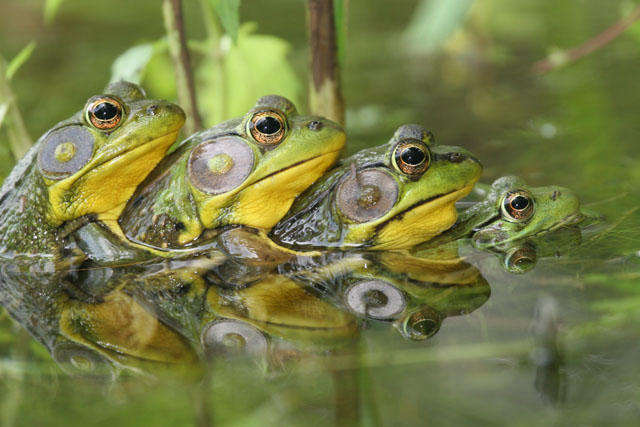
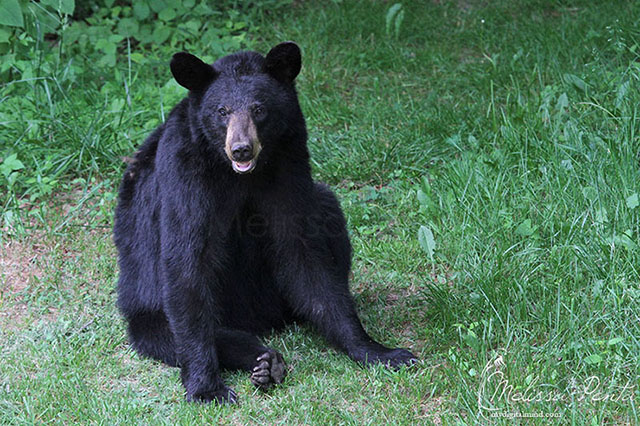
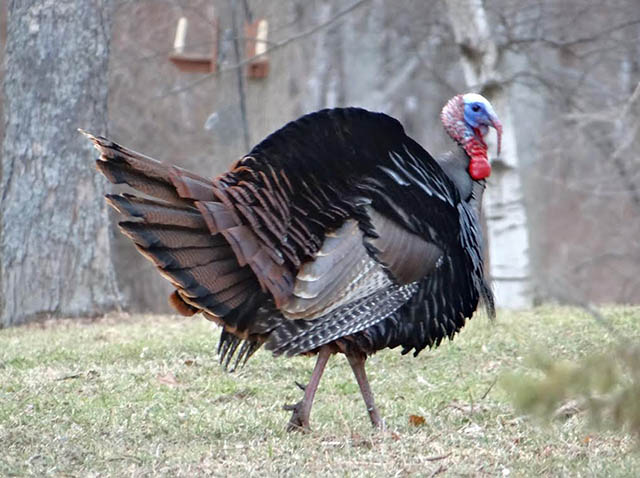
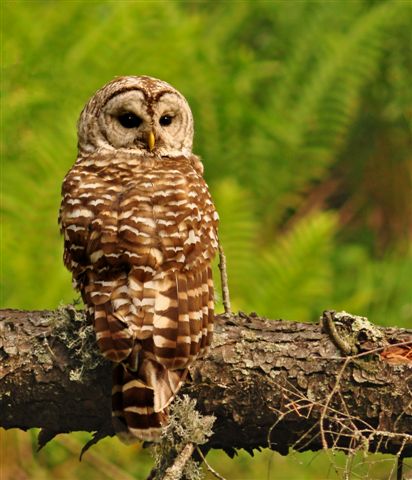
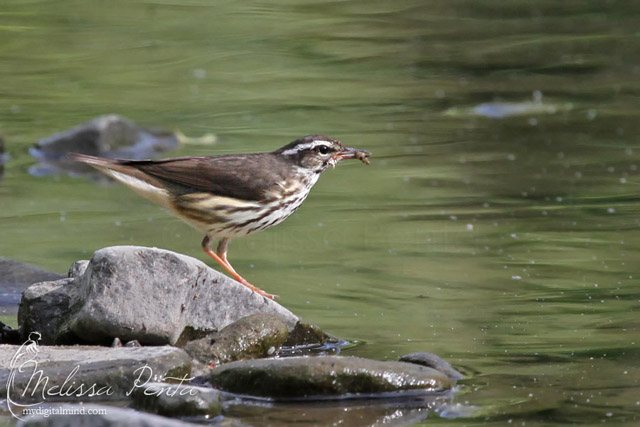
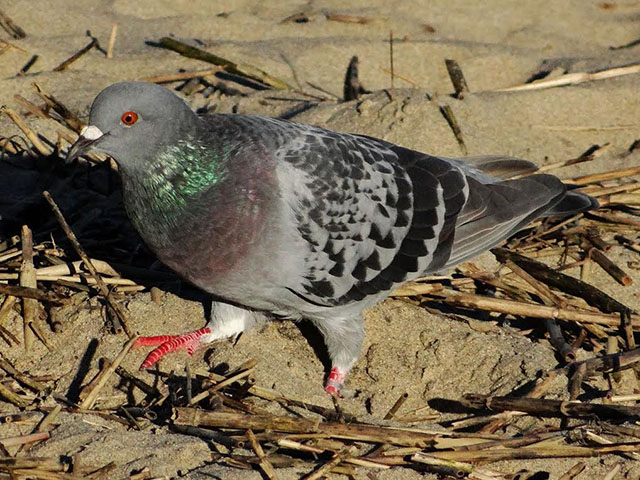
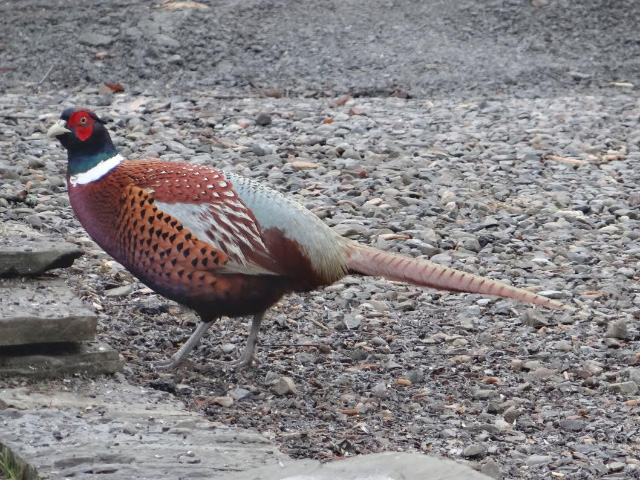
Comments are closed.